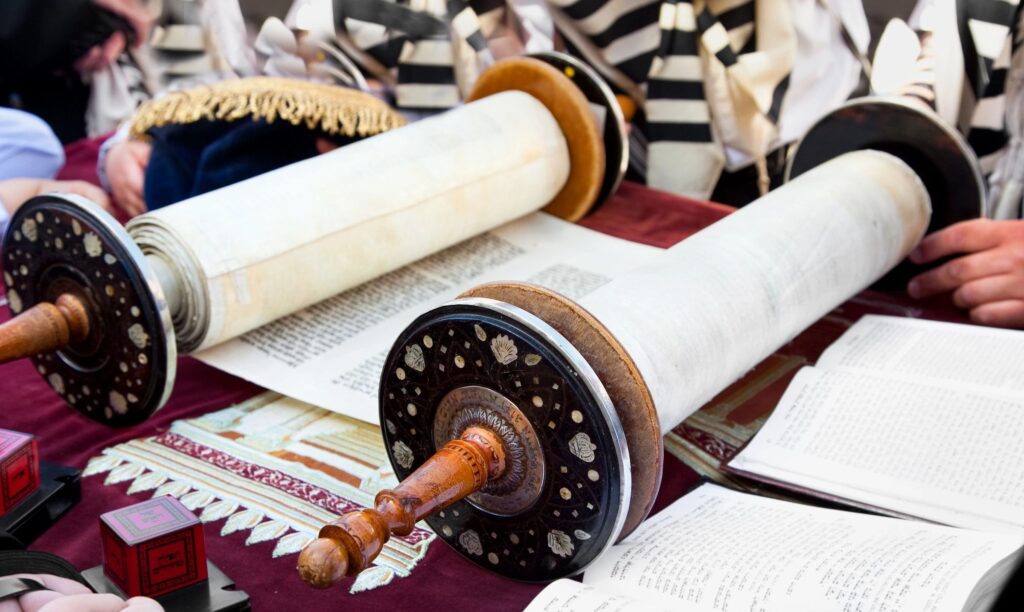
By: Pamela Stern
On the evening of Friday, September 15th begins the start of the Jewish New Year, which is 5784. At the temples and synagogues people will be wishing each other a Happy New Year (L’Shana Tova-is the customary way to wish someone who is Jewish a Happy New Year!).
Rosh Hashanah is a two-day celebration, which begins on the first day of Tishrei. Tishrei is the first month of the Jewish year, but the seventh month of the Hebrew calendar. Rosh Hashanah, is the “head of the year.” It is a time of inner renewal and divine atonement.
Rosh Hashanah customs include sounding the shofar (a hollowed-out ram’s horn), as prescribed in the Torah, following the prescription of the Hebrew Bible to “raise a noise” on Yom Teruah; and among its rabbinical customs is attending synagogue services and reciting special liturgy about teshuva, and enjoying the festive meals.
During Rosh Hashanah it is customary to eat symbolic foods such as apples dipped in honey which is a tradition to evoke a “sweet new year.” Other foods with symbolic meanings may be served, such as the head of a fish (to symbolize the prayer “let us be the head and not the tail”). It is customary to have big feasts on both nights of Rosh Hashanah and there are a plethora of customary dishes, including: honey cake, brisket, tzimmes and more Rosh Hashanah recipes.
There are many traditions associated with Rosh Hashanah including symbolic foods.
- As mentioned above, there is the sounding of the ram’s horn (shofar) on both mornings.
- Every evening, candles are lit. Candles are often a symbol of remembrance.
- Spicy, sharp, or sour foods are avoided in favor of sweet delicacies, representing wishes for a sweet and pleasant year (not a bitter year).
Some of the symbolic foods include:
- Apples dipped in honey (on the first night)
- Challah (egg bread) dipped in honey.
- A new seasonal fruit (on the second night).
- Pomegranates (as its many seeds symbolize the hope that the year will be rich with many blessings).
- The head of a fish (or ram) asking God that in the coming year we be “a head and not a tail.”
On the first day of Rosh Hashanah, Tashlich is performed. If the first day of Rosh Hashanah falls on Shabbat, Tashlich is done on the second day of Rosh Hashanah. What is Tashlich? Tashlich comes from the Hebrew word meaning “to cast,” referring to the intent to cast away our sins via this meaningful and ancient Jewish custom. Special verses are recited next to a body of water, such as a sea, river, stream, lake or pond, preferably one that has fish (though when no such body of water was available, some rabbis were known to do Tashlich next to a well, even one that dried up, or next to a bucket of water).
L’Shana Tova to all who are celebrating!